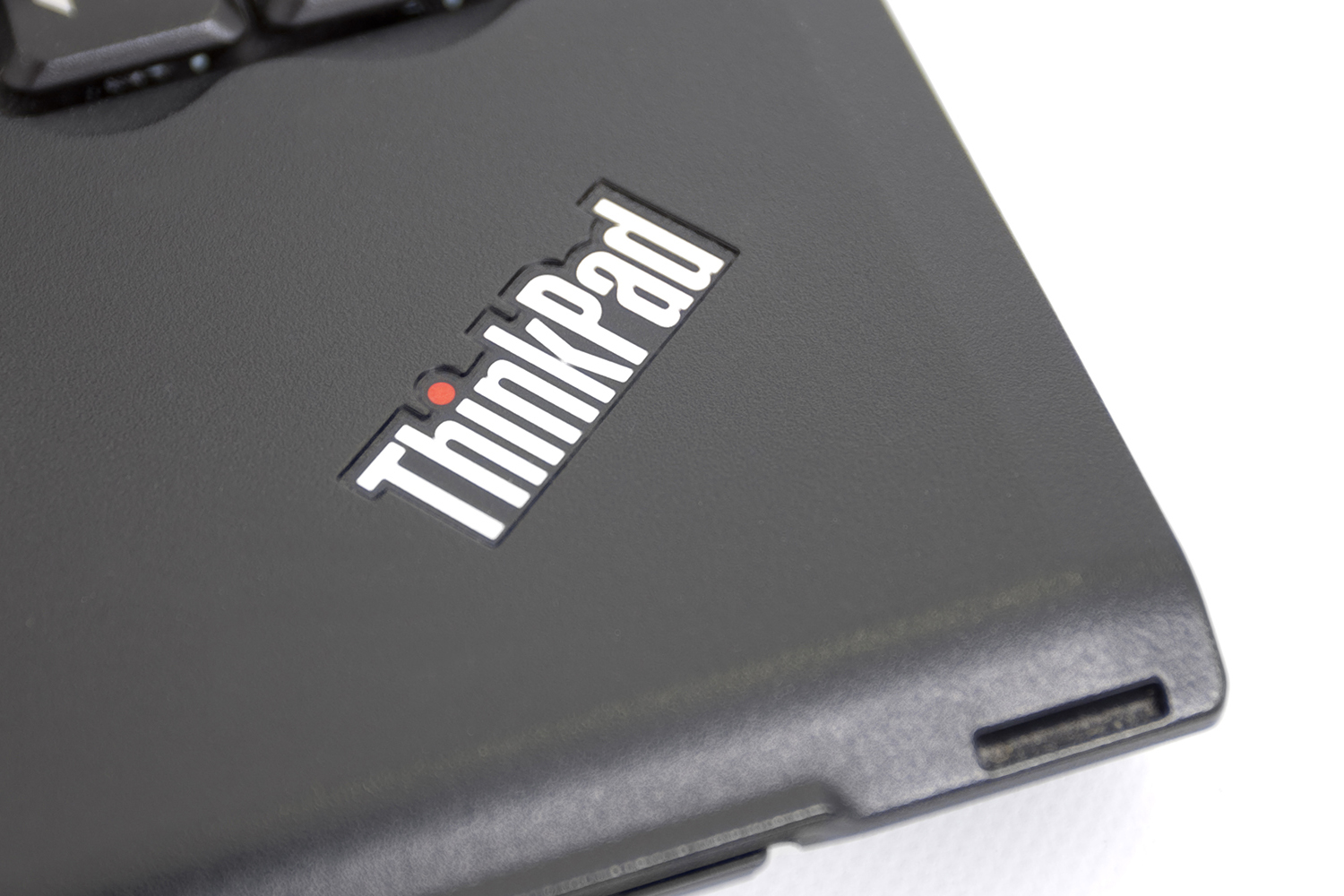I’ve Got to Buy That!
Consumer-product companies that execute well-thought-out mergers and acquisitions can tap a customer gold mine.
Not only can they appeal to savvy shoppers’ brand preferences, but also boost profits, streamline expenses and increase prominence among vendors.
Those are the findings of UConn marketing professor Hongju Liu and two research colleagues who studied the impact of computer giant Lenovo’s acquisition of IBM’s PC division in China’s computer market.
They found that the acquisition raised consumers’ valuation of Lenovo and generated significant financial benefits. Not only did the increase in brand desirability contribute to Lenovo’s profits but also created savings in operating expenses and a more expansive product portfolio.
“The role of consumer preference in cross-border mergers and acquisitions is a fascinating and yet, until now, little-studied area of corporate allegiances,” Liu said. “What was most intriguing to me is the importance of consumers and the way that our research was able to link marketing with strategy and economics.”
In 2015 alone, more than $5 trillion in mergers and acquisitions were carried out globally, a record-setting number. Given the importance and reach of these activities, the researchers wanted to investigate the impact from different perspectives.
“In theory, enhanced market power and cost synergies should improve firm profits,” Liu said. “However the literature on post-merger performance of acquiring firms was inconclusive.”
The researchers studied the sales of Lenovo and other computers in China over an eight-year span. Through their research the trio concluded that buyers play a significant role in the success of mergers and acquisitions for consumer products.
Their findings demonstrate that the acquisition helped Lenovo grow significantly more than other computer firms in China by boosting the intrinsic preference of consumers for that brand. It also helped Lenovo achieve significant cost synergy as well, ultimately increasing demand for Lenovo and lowering its marginal costs. The product portfolio effect also strengthened Lenovo’s pricing power and helped the company get a larger share of channel profits.
In China’s PC market alone, and in approximately four years, Lenovo was able to recover most of the cost of acquisition.
Liu conducted his research with Yanlai Chu and Junhong Chu, both of the National University of Singapore. The research was awarded the UConn School of Business’ CIBER Poster Contest prize for research that was interesting and easy to understand.
As an internationally renowned brand from the U.S. and as the firm that standardized personal computers, IBM was perceived by Chinese consumers as being of higher quality and thus had more brand equity than Lenovo, Liu said.
The researchers found that the gains in brand equity were the most important contributor to Lenovo’s profit increase. Cost savings were the second-most important factor, followed by changes in the product portfolio. The addition of the IBM Think Series to Lenovo’s portfolio put the former rivals under common ownership, conferring greater bargaining power for Lenovo when it approached retailers. It also allowed Lenovo to set prices for its original brands and the Think Series jointly to soften competition.
“The contribution of the three mechanisms seems to suggest that in a market with fierce competition, maintaining higher margins by enhancing consumer brand preference and reducing marginal costs is a better strategy for increasing profits than expanding one’s product portfolio,” Liu said.
“This can shed light on other mergers and acquisitions. Our findings suggest that firms can leverage consumer preferences in the merger and acquisition process to increase profit. They can also actively manage and enhance consumer preferences by advertising the positive gains in product quality.”
“More and more firms from emerging markets are engaging in cross-border mergers and acquisitions to expand their business into developed markets and/or remove their links with their country of origin,” Liu said.
“For example, Taiwan’s BenQ acquired the mobile devices division of Siemens in 2005; Tata Motor of India acquired Jaguar Land Rover in 2008; Geely of China took over Volvo in 2010 and Haier of China bought GE’s appliance business in 2016,” he said. “Our analysis offers insights on the motives and potential gains for these affiliations.”




